Search
Remove Ads
Advertisement
Summary 
Loading AI-generated summary based on World History Encyclopedia articles ...
Search Results
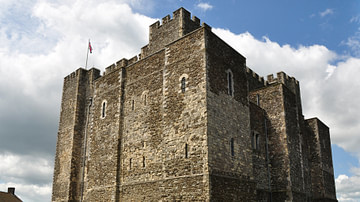
Definition
Dover Castle
Dover Castle, located in the southern county of Kent, is one of the largest castles in England and one of the first to have concentric defensive walls. First built in 1066 CE by William the Conqueror to help prevent anyone repeating his own...
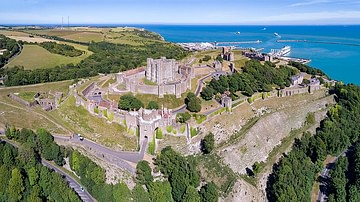
Image
Dover Castle
Dover Castle, Kent, England. First built by William the Conqueror in the 11th century CE it was then extensively rebuilt with new walls and a keep added by Henry II (r. 1154-1189 CE)

Image
Dover Castle Keep
The donjon or keep of Dover Castle, Kent, England. The castle was first built by William the Conqueror in the 11th century CE and it was then extensively rebuilt with new walls and a keep added by Henry II (r. 1154-1189 CE).
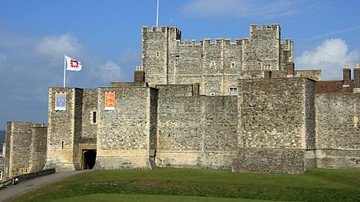
Image
Inner Wall & Donjon, Dover Castle
The inner walls and donjon (keep) of Dover Castle, Kent, England. First built by William the Conqueror in the 11th century CE it was then extensively rebuilt with new walls and a donjon added by Henry II (r. 1154-1189 CE).
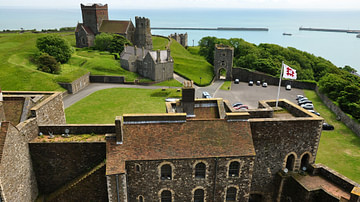
Image
South View From Dover Castle
The view south from the keep of Dover Castle. The castle was first built by William the Conqueror in the 11th century CE and it was then extensively rebuilt with new walls and a keep added by Henry II (r. 1154-1189 CE). The Saxon church of...
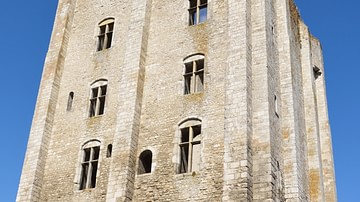
Definition
Castle Keep - The Safest Place in a Medieval Castle
The keep, located within a courtyard and surrounded by a curtain wall, was the heart of a medieval castle. The hall keep was a low building while the tower keep or donjon could have three or more floors and be topped by turrets and battlements...

Definition
Medieval Castle
Medieval castles were built from the 11th century CE for rulers to demonstrate their wealth and power to the local populace, to provide a place of defence and safe retreat in the case of attack, defend strategically important sites like river...
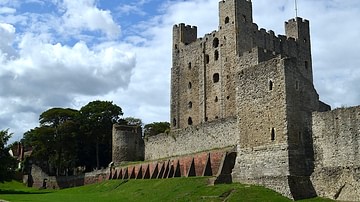
Definition
Rochester Castle
Rochester Castle, located in Kent, England, was first constructed shortly after 1066 CE by the Normans, was converted into stone between 1087 and 1089 CE, and then added to over subsequent centuries, notably between 1127 and 1136 CE, and...

Article
The Household Staff in an English Medieval Castle
An English medieval castle, if a large one, could have a household staff of at least 50 people, which included all manner of specialised and skilled workers such as cooks, grooms, carpenters, masons, falconers, and musicians, as well as a...
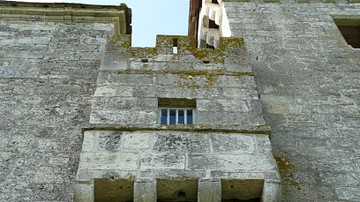
Article
Toilets in a Medieval Castle
The medieval toilet or latrine, then called a privy or garderobe, was a primitive affair, but in a castle, one might find a little more comfort and certainly a great deal more design effort than had been invested elsewhere. Practicality...